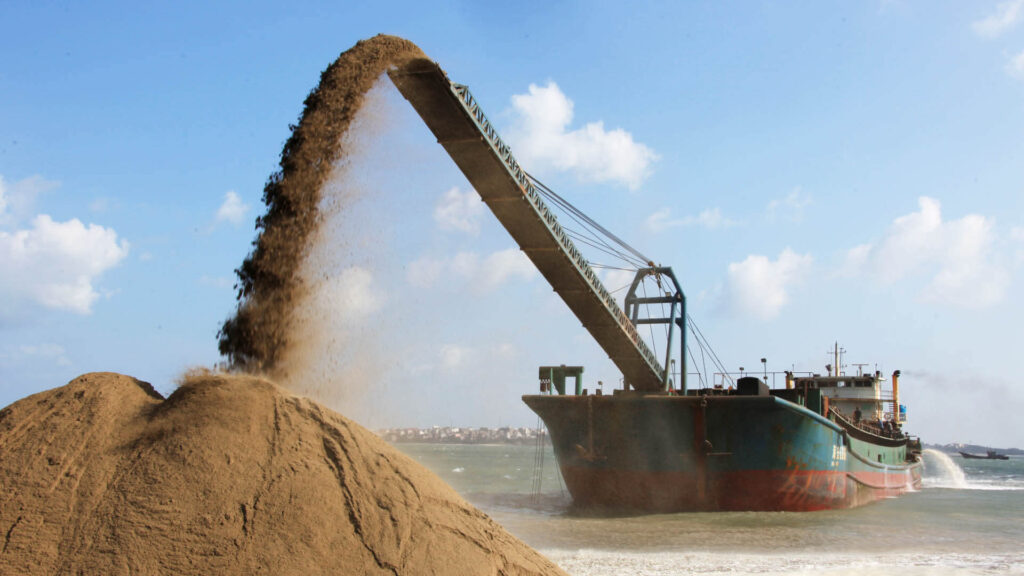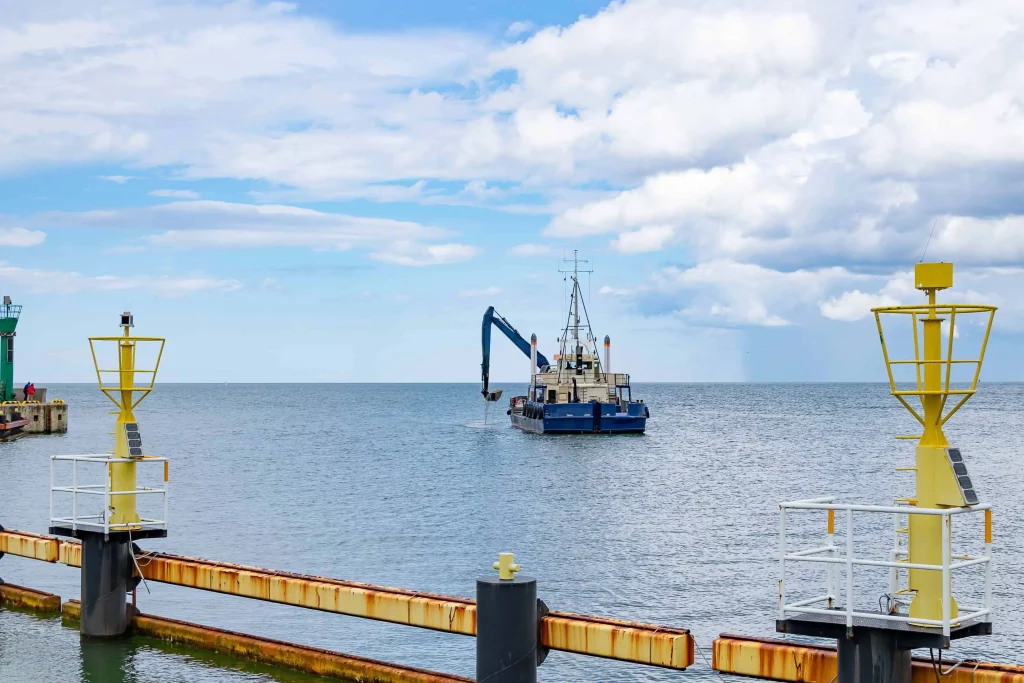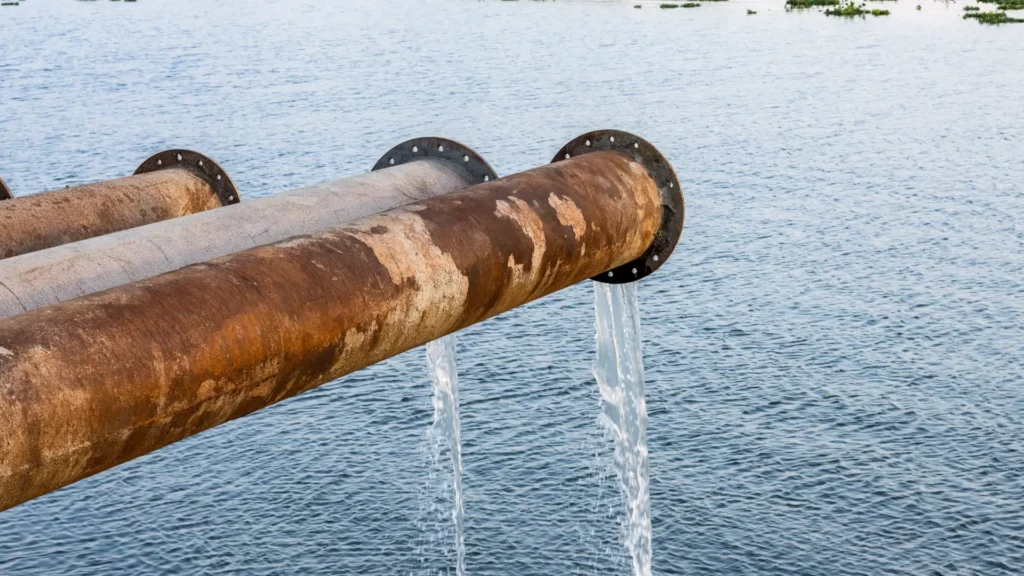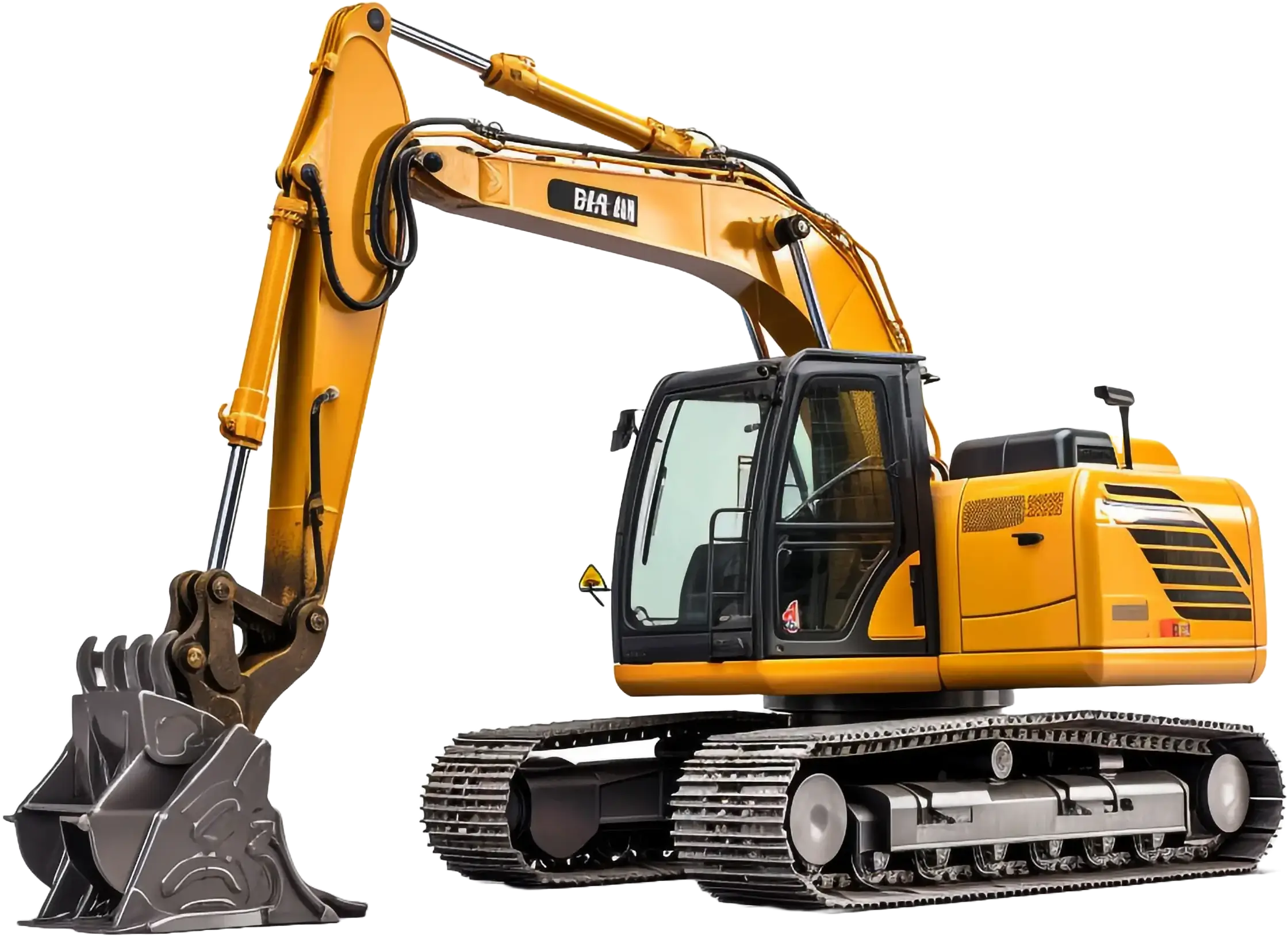Dredging plays a vital role in maintaining the health and functionality of waterways, ensuring smooth navigation, preventing flooding, and supporting environmental restoration. It is also critical for resource extraction, such as sand and gravel, which are essential for construction and infrastructure projects. The process involves removing sediment, debris, and other materials from the bottom of rivers, lakes, and other bodies of water to maintain or increase water depth. This improves water flow, prevents sediment buildup, and protects aquatic ecosystems.
Effective dredging relies heavily on specialized sand dredging equipment designed to handle the abrasive and demanding conditions of moving sand and sediment. Whether it’s restoring natural water flow or reclaiming land, the performance of dredging equipment directly impacts the efficiency and success of these projects. For example, river sand dredging equipment is specifically built to handle the challenges of extracting fine and coarse sand from riverbeds, where currents and sediment composition can cause significant wear. Similarly, lake dredging equipment must be equipped to operate in deeper, stiller water where sediment can settle more densely, creating different operational demands. Proper maintenance of dredging equipment is essential to reducing wear, minimizing downtime, and extending the lifespan of components, ensuring reliable performance and lower long-term operational costs.
Common Challenges in Sand Dredging Equipment Maintenance
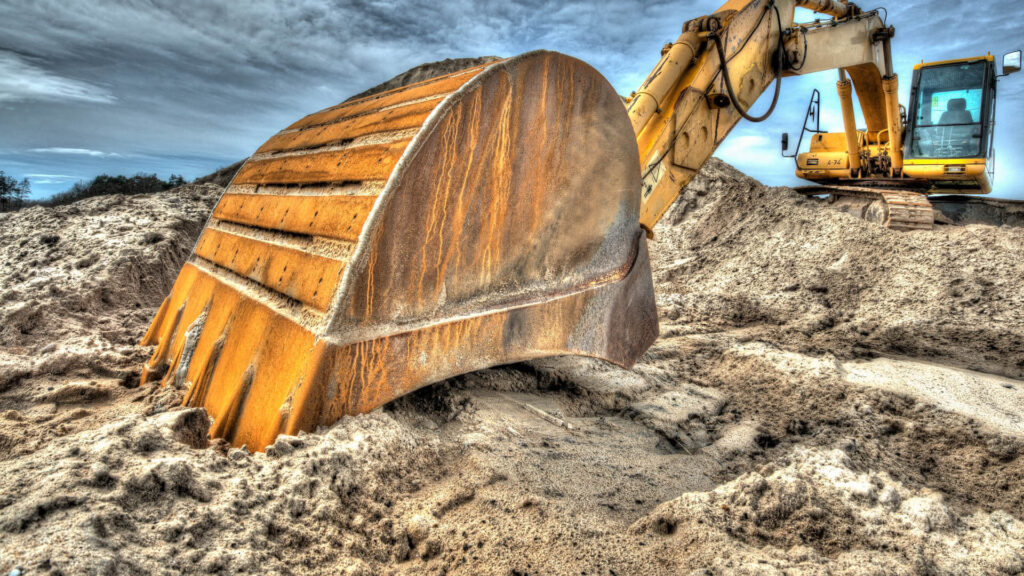
Abrasive Nature of Sand
One of the biggest challenges in maintaining sand dredging equipment is the abrasive nature of sand. Sand particles, particularly coarse sand, can cause significant wear on dredge pumps, impellers, and pipelines. When sand is pumped through dredge systems at high pressure, it creates friction that gradually erodes metal surfaces and reduces equipment efficiency. Fine sand, while less immediately destructive, can still accumulate within the system and increase operational resistance. River sand dredging equipment faces added stress from varying sediment sizes and river currents, which can lead to uneven wear on pump components and hoses. Properly maintaining dredge pumps and installing wear-resistant linings can help mitigate this damage.
Corrosion and Rust
Continuous exposure to water, especially saltwater, accelerates the corrosion of metal components in dredging equipment. Even in freshwater environments, prolonged moisture exposure can cause rust and weaken structural integrity. River sand dredging equipment is more prone to corrosion due to varying mineral content and water composition in riverbeds. Similarly, lake dredging equipment is susceptible to rust when sediment remains trapped in the system after shutdown. Applying anti-corrosion coatings and regularly cleaning and drying equipment after use can help reduce the risk of rust and metal degradation.
Blockages and Clogs
Sand dredging equipment often encounters blockages due to sediment and debris accumulation in suction lines and pump chambers. Large rocks, shells, and vegetation can obstruct flow paths, reducing dredging efficiency and increasing pump stress. Monitoring sediment size and composition is especially critical for river sand dredging equipment, where fast-moving currents can introduce unexpected debris. Lake dredging equipment can also suffer from clogs due to slower water movement, which allows sediment to settle more densely. Regularly inspecting and flushing the system helps prevent these issues.
Mechanical Stress and Fatigue
The heavy mechanical loads involved in dredging operations create ongoing stress on pumps, hoses, and excavator arms. Continuous operation without proper maintenance can lead to metal fatigue, causing cracks and failures in critical components. Unbalanced loads increase wear on moving parts and shorten equipment lifespan. River sand dredging equipment, in particular, experiences high levels of mechanical stress due to the force of river currents and shifting sand beds. Lake dredging equipment faces less dynamic stress but can still suffer from material fatigue during prolonged operation. Regular alignment checks and balanced dredging loads can help reduce mechanical wear and improve equipment longevity.
Routine Maintenance Best Practices

Pre-Operation Inspections
Conducting thorough pre-operation inspections is essential for ensuring the reliable performance of sand dredging equipment. Before starting any dredging operation, it’s important to check for leaks, worn-out components, and any signs of structural damage. Hoses, pipes, and pump seals should be inspected for cracks or looseness that could lead to suction loss or leaks during operation. Ensuring proper lubrication of moving parts, including impellers, cutter heads, and hydraulic components, helps minimize friction and prevent premature wear. For river sand dredging equipment, inspecting for debris or sediment trapped in the system is especially important due to the variable nature of riverbed materials. By addressing these issues early, operators can prevent costly breakdowns and maintain consistent dredging efficiency.
Monitoring Performance Metrics
Tracking performance metrics is critical for identifying early signs of wear or imbalance in sand dredging equipment. Key indicators include suction pressure, flow rates, pump efficiency, and vibration levels. A sudden drop in suction pressure or reduced flow rates could indicate a clog, impeller wear, or misalignment. Installing pressure and flow monitors allows operators to adjust settings and detect anomalies before they lead to serious failures. Regular monitoring is particularly important for lake dredging equipment, where sediment density and composition can change depending on water depth and weather conditions. Monitoring real-time performance helps ensure that the dredge is operating at peak efficiency and reduces the risk of unexpected downtime.
Cleaning and Flushing Systems
Regularly flushing the system is one of the most effective ways to prevent sediment buildup and clogs in sand dredging equipment. Over time, fine sand and sediment can accumulate in pipes and nozzles, reducing flow efficiency and increasing wear on internal components. After each operation, flushing the system with clean water helps remove residual sediment and prevents hardened deposits. This is especially beneficial for lake dredging equipment, where still water allows sediment to settle more quickly. Cleaning nozzles, hoses, and pumps also ensures consistent flow rates and reduces the risk of blockages during operation.
Lubrication and Greasing
Proper lubrication is essential for minimizing friction and reducing wear on moving parts in sand dredging equipment. Using the correct type of lubricant for wet and abrasive conditions helps extend the lifespan of components like impellers, cutter heads, and shafts. Regularly applying grease to bearings and seals prevents corrosion and metal fatigue. For lake dredging equipment, which operates in slower-moving water, lubrication helps protect against sediment-induced wear. Applying lubricants after every operation and during routine maintenance helps maintain peak performance and reduces mechanical stress.
Replacing Worn Parts
Monitoring critical component wear and replacing them when efficiency drops is key to maintaining consistent performance. Impellers, seals, and hoses experience significant wear during dredging operations, especially in river and lake environments. The abrasive nature of riverbed materials accelerates impeller wear in river sand dredging equipment. Keeping spare parts on hand, including replacement impellers and hoses, allows for quick repairs and minimizes downtime. Proactive replacement of worn parts helps maintain suction power and flow efficiency, ensuring that sand dredging equipment operates at maximum capacity.
Advanced Maintenance Techniques
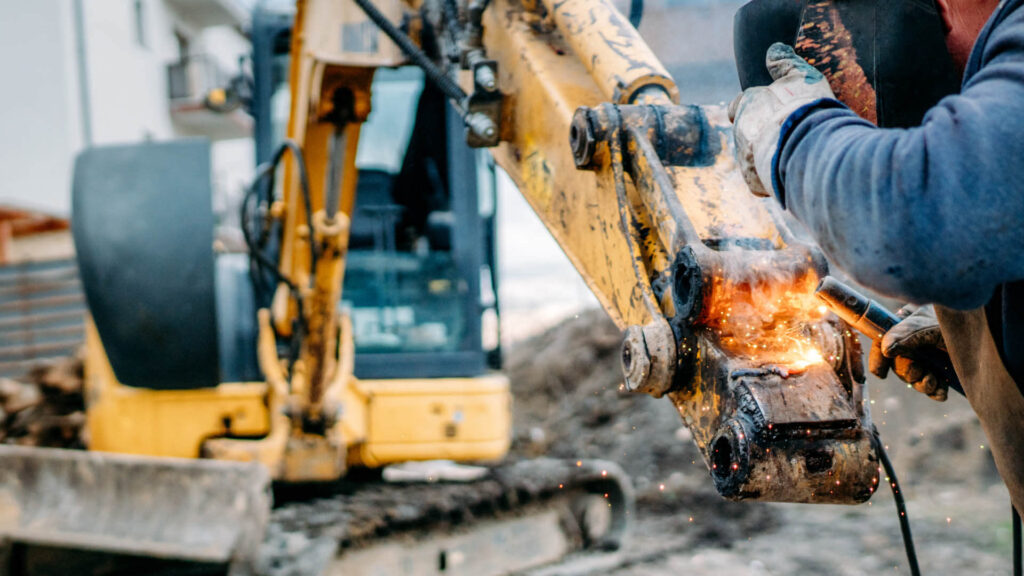
Wear-Resistant Coatings
One of the most effective ways to extend the lifespan of sand dredging equipment is by applying wear-resistant coatings to high-wear areas. The abrasive nature of sand, especially in river and lake dredging, can rapidly wear down metal surfaces, leading to reduced performance and increased maintenance costs. Applying ceramic or rubber linings to dredge pumps, impellers, and pipelines helps protect against this abrasion. Ceramic coatings provide a hard, smooth surface that resists erosion from sand particles, while rubber linings absorb impact and reduce friction. For river sand dredging equipment, where sediment can vary in size and coarseness, specialized coatings help prevent damage from larger, rougher particles. Similarly, lake dredging equipment benefits from rubber linings that offer flexibility and impact resistance in softer sediment environments. Investing in high-quality coatings reduces the frequency of repairs and increases overall equipment longevity.
Vibration and Alignment Testing
Maintaining proper alignment and minimizing vibration are critical for the efficient operation of sand dredging equipment. Misaligned shafts, pumps, and cutters can cause excessive wear on bearings, seals, and other moving parts. Installing vibration sensors allows operators to monitor real-time vibration levels and detect early signs of imbalance or misalignment. For river sand dredging equipment, strong currents and shifting riverbeds can cause alignment issues over time. Regular testing and adjustments ensure that shafts and bearings are properly aligned, reducing stress and preventing premature failure. Lake dredging equipment, which typically operates in calmer water, may experience vibration issues due to sediment buildup or pump imbalance. Fine-tuning alignment and balancing the load distribution helps improve dredging efficiency and minimizes mechanical fatigue.
Corrosion Protection Strategies
Corrosion is a major challenge for sand dredging equipment, especially when operating in saltwater or mineral-rich environments. Applying anti-corrosion treatments, such as epoxy coatings and zinc-based primers, helps protect metal surfaces from rust and degradation. River sand dredging equipment often encounters varying water compositions, making it prone to localized corrosion. Using cathodic protection, where a sacrificial anode attracts corrosion away from the equipment, is highly effective in saltwater dredging. For lake dredging equipment, regular cleaning and applying protective coatings after each operation helps prevent rust and extends the lifespan of metal components. Proactive corrosion management helps maintain equipment integrity and reduces repair costs over time.
Training and Operator Best Practices

Operator Training
Proper training of dredging operators is essential for maximizing the performance and lifespan of sand dredging equipment. Skilled operators can identify early signs of wear, misalignment, and equipment stress, allowing for quick adjustments and preventing costly failures. Training should cover best practices for starting, operating, and shutting down dredging equipment to avoid unnecessary strain on pumps, hoses, and mechanical components. For river sand dredging equipment, operators must be trained to handle varying water currents and sediment composition, which can increase mechanical stress and clogging risks. Similarly, lake dredging equipment requires careful handling due to the tendency for sediment to settle more densely in still water. Operators should also be familiar with the specific performance metrics of the equipment, including optimal suction pressure and flow rates, to detect issues early and prevent breakdowns. Hands-on training, combined with routine refresher courses, helps ensure that operators can respond effectively to operational challenges and keep the equipment functioning at peak efficiency.
Preventing Overloading
Overloading is one of the most common causes of premature wear and failure in sand dredging equipment. Maintaining an optimal dredging depth and load is crucial to preventing excess strain on pumps, impellers, and hoses. When dredging in rivers, the sediment size and density can change quickly, causing the equipment to operate under higher stress. Operators using river sand dredging equipment need to adjust dredging speed and suction settings based on the sediment composition and water flow to prevent overload. Lake dredging equipment also faces the risk of overloading when working with compacted or fine sediments that require more suction power to move. Operators should monitor suction pressure and flow rates continuously and adjust dredging depth and speed to maintain balanced load distribution. Proper training on load management and system balancing helps reduce mechanical stress, prevent blockages, and extend the lifespan of dredging equipment. Well-trained operators are the first line of defense against operational failures, helping to keep river and lake dredging equipment running efficiently.
Conclusion
Maintaining sand dredging equipment is essential for ensuring consistent performance and extending the lifespan of critical components. By implementing key maintenance practices—such as pre-operation inspections, regular lubrication, wear-resistant coatings, and vibration monitoring—operators can prevent excessive wear and mechanical failures. Cleaning and flushing the system after each use, replacing worn parts, and protecting against corrosion are all vital steps in keeping dredging equipment functioning at peak efficiency.
Consistent maintenance significantly reduces wear, improves operational efficiency, and minimizes costly downtime. Proactive maintenance of river sand dredging equipment helps manage the challenges of working with varying sediment sizes and strong currents. Likewise, regular maintenance of lake dredging equipment ensures reliable performance in still water, where sediment buildup and clogging can be more pronounced.
Establishing a proactive maintenance plan tailored to the specific conditions of the dredging environment is key to long-term success. Investing in operator training and advanced maintenance techniques helps improve equipment longevity and overall project efficiency. Well-maintained sand dredging equipment not only enhances productivity but also lowers repair costs and extends operational life.

